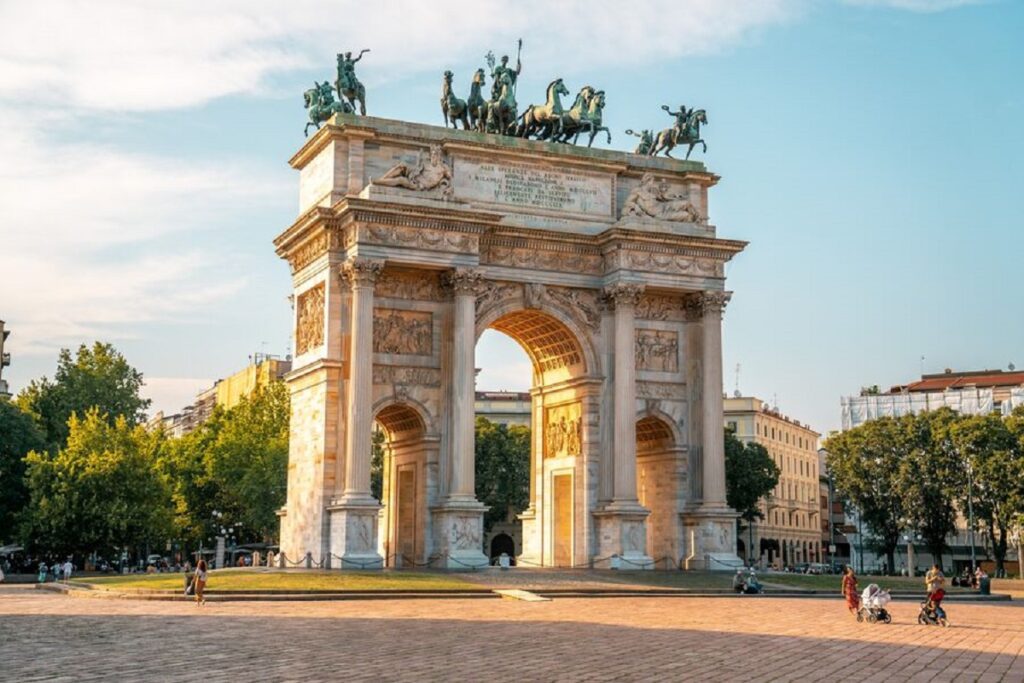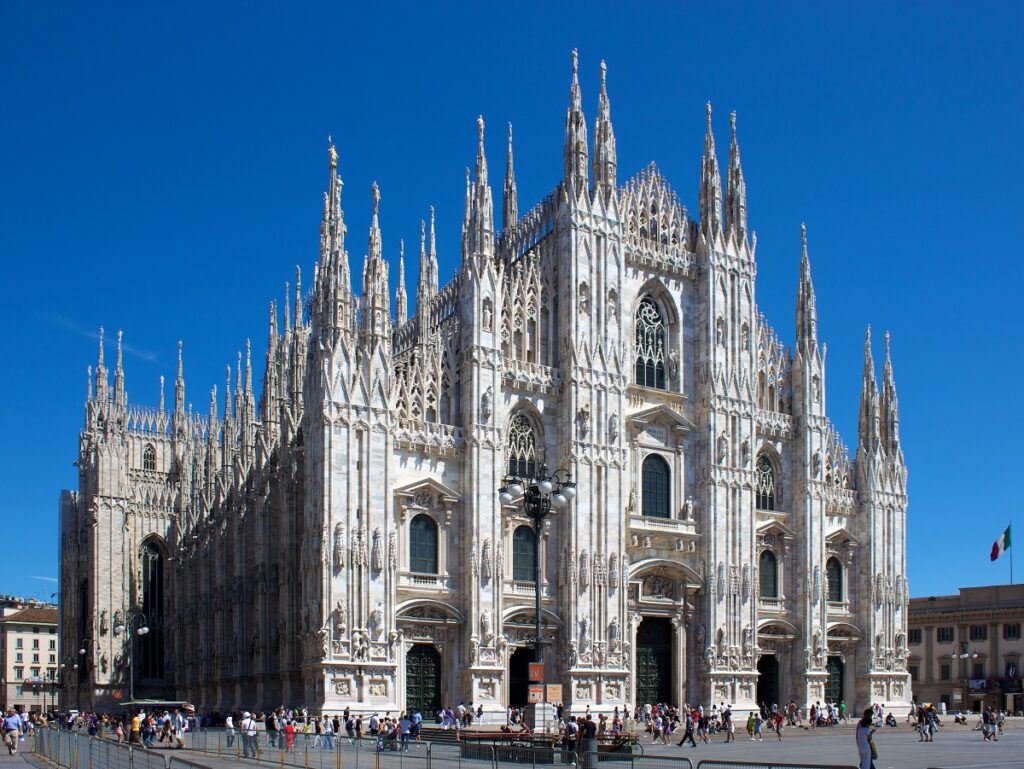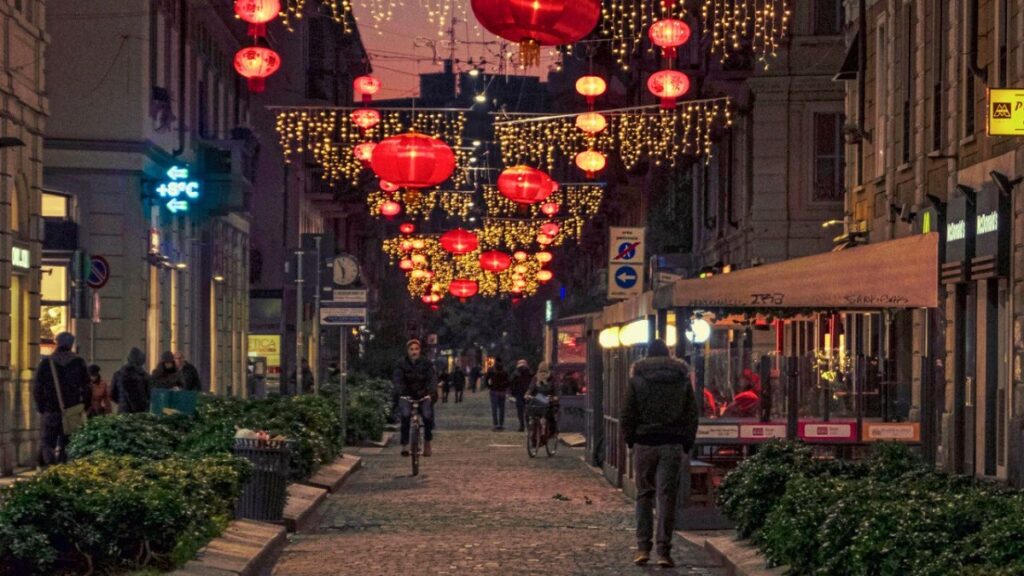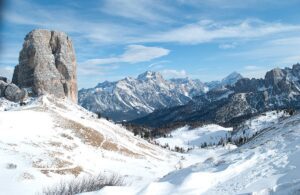Long known for its world-class shopping, exquisite cuisine, and stylish cocktail bars, Milan has recently surged in popularity, with social media. This newfound buzz has cemented Milan’s status as the perfect spot for a weekend getaway. It strikes the ideal balance: a city rich with sights yet relaxed enough for leisurely breaks.
Whether you prefer an action-packed itinerary or a slower pace filled with café stops and aperitivo hours, Milan caters to every traveler. With a bit of planning, you can soak in the best of Italy’s fashion capital in just a few days—just don’t forget to pause for a long, delicious lunch along the way. Here’s our guide to spending a weekend in Milan;
Please Download Our Mobile App here.
Best Time to Visit Milan

The best time to visit Milan is either spring (April-May) or autumn (September-October). During these windows, the weather is mild, making it ideal for sightseeing and outdoor activities. These months offer pleasant temperatures that are perfect for walking around the city without the sweltering heat of summer.
You’ll also experience fewer crowds because it isn’t the peak season, allowing you to explore Milan more leisurely. Also, both seasons host vibrant events like Milan Design Week in April and fashion shows in September and October, which attract design enthusiasts and fashion lovers from around the world.
For fashion enthusiasts, Milan Fashion Week in February offers a unique opportunity to experience the city’s world-renowned fashion scene up close. Summer (June-August) brings heat and humidity, with many locals escaping the city for vacation. On the other hand, winter (December-February) has its charm with festive Christmas markets and decorations, though it can be quite chilly.
Top Things to Do in Milan
Check Out the Duomo

Milan’s Duomo is far more than just a church; it’s the heart of the city and a symbol of Milan’s rich history and architectural prowess. Situated right in the center, this Gothic masterpiece was under construction for centuries, starting in the late 14th century. Today, the cathedral continues to undergo restoration (you might spot scaffolding on the façade or the back as work progresses).
While the interior is certainly impressive, it’s the rooftop that truly steals the show. Whether you take the stairs or opt for the elevator, the views of Milan’s skyline are breathtaking and offer a unique perspective of the city. To make the most of your visit, it’s highly recommended to book tickets in advance.
However, be mindful that the Duomo area can get quite crowded, especially in the middle of the day. So, arrive early—really early—to experience it with fewer tourists. And a quick tip: this is a popular spot for pickpockets, so keep a close eye on your belongings while you explore.
Explore Navigli District

Milan’s Navigli District is like stepping into the city’s rich history, where centuries-old canals weave a story of both engineering and culture. The intricate network of navigable waterways, originally constructed under the guidance of Leonardo da Vinci, once provided the landlocked city with vital access to the outside world.
Today, only the Naviglio Grande and Naviglio Pavese remain as visible remnants of that past, and they’ve become the heart of the district. Lining these canals, the streets are alive with bustling bars, vibrant restaurants, and cozy cafés that draw crowds, particularly on weekend nights.
But there’s more to discover beyond the lively atmosphere. Milan’s hidden gems, the cortili (quaint courtyards), are tucked away behind many charming buildings, and the Navigli District offers two that are definitely worth seeking out.
The Cortile degli Artisti on Alzaia Naviglio Grande 4 is a delightful space where local artists display their works. A short stroll further leads you to the Centro dell’Incisione at Alzaia Naviglio Grande 66, an engraving workshop and exhibition space that invites visitors into the world of printmaking.
Check Out Cenacolo Vinciano

Leonardo Da Vinci’s “Last Supper” is a must-see for anyone exploring Milan. However, securing one of the coveted 15-minute time slots for viewing this renowned masterpiece can be quite challenging. But with a bit of planning and advance booking, it’s well worth the effort.
The painting is housed in the former Dominican convent of the Santa Maria delle Grazie church. The church itself boasts intricate architectural details that transport visitors back to the grandeur of the Renaissance era.
Beyond “The Last Supper”, another highlight is Giovanni Donato’s “Crucifixion,” an impressive fresco that adds charm to this exceptional site. Exploring this sacred space offers a profound glimpse into both the artistry and religious significance of the period.
Visit Chinatown

Milan’s Chinatown has been expanding along the pedestrian-friendly Via Paolo Sarpi since the 1920s. Today, it is a lively and dynamic area full of cultural surprises. During aperitivo hour, and especially on weekends, the streets are alive with locals eagerly lining up for a taste of delicious staples like baozi and dumplings.
The neighborhood is home to a delightful mix of restaurants offering a wide array of East and Southeast Asian cuisines. Here, you’ll find everything from cozy tea houses and dim sum parlours to bustling street-food stalls. For art enthusiasts, the Fabrica Del Vapore cultural centre hosts contemporary exhibitions. Design enthusiasts will also want to visit the nearby ADI Design Museum.
Check Out Bosco Verticale

Bosco Verticale, loosely translated ‘Vertical Forests,’ are two striking residential towers located in Milan’s Porta Nuova district. Finished in 2014, these towers embody a visionary concept where human life and nature coexist harmoniously.
The towers are not only homes but also contribute to the environment, with their green facades of trees and shrubs creating a unique ecosystem in the heart of the city. Standing at 260 and 360 feet, the buildings have become architectural icons, admired for their innovative approach to blending nature with urban living.
Conclusion
A weekend in Milan is a perfect mix of history, art, fashion, and indulgence. Whether you’re admiring world-class masterpieces, shopping at designer boutiques, or savoring authentic Italian flavors, Milan promises a stylish and memorable getaway.




